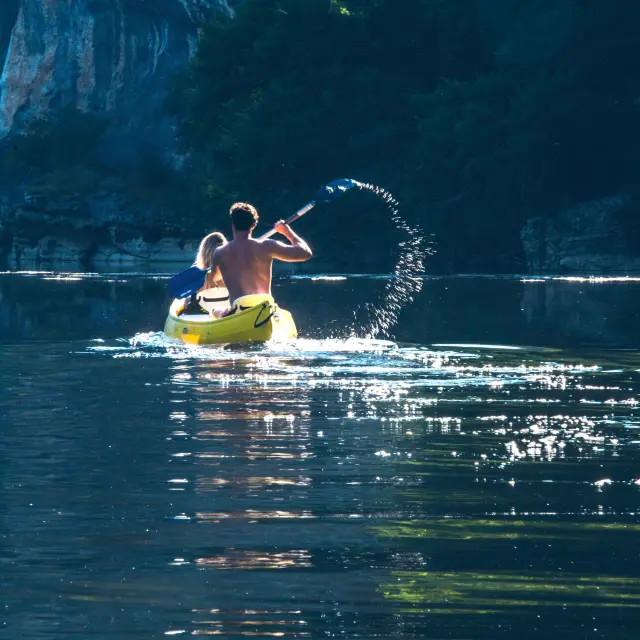In 2012, the Dordogne river basin was recognized by UNESCO for its outstanding setting and natural heritage and added to the World Network of Biosphere Reserves.
Rising in the Massif du Sancy in Auvergne and emptying into the Gironde estuary near Bordeaux, the Dordogne crosses much of south-west France in a westerly direction.
It is on the verdant flanks of the Sancy that two streams named the Dore and the Dogne tumble down the steep hillsides to merge and form the mighty Dordogne. Its name also evolved from the ancient pre-Celtic term ‘Duranius’ meaning water and is one of the few rivers in the world to exhibit a tidal bore.








